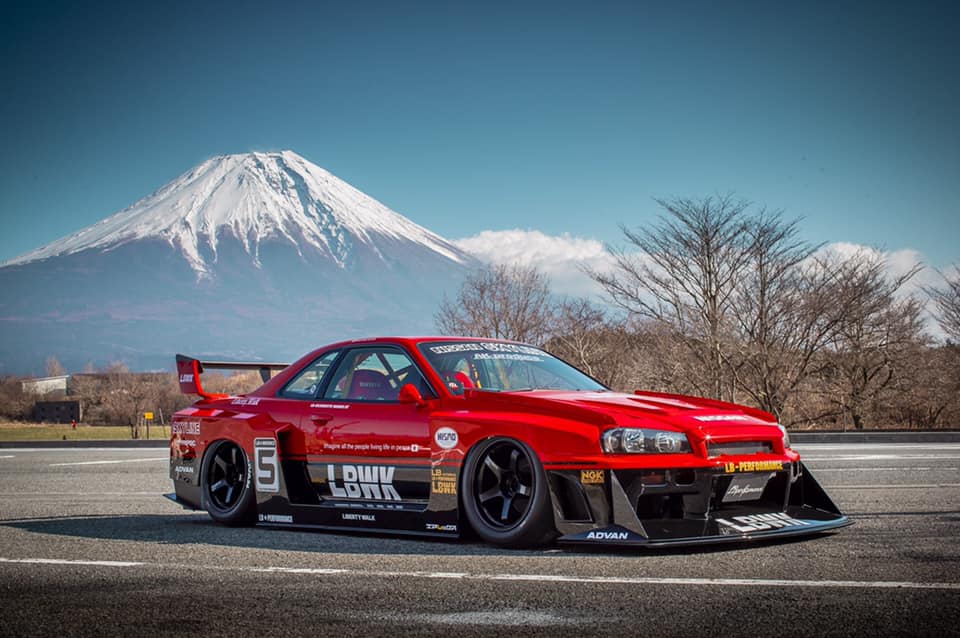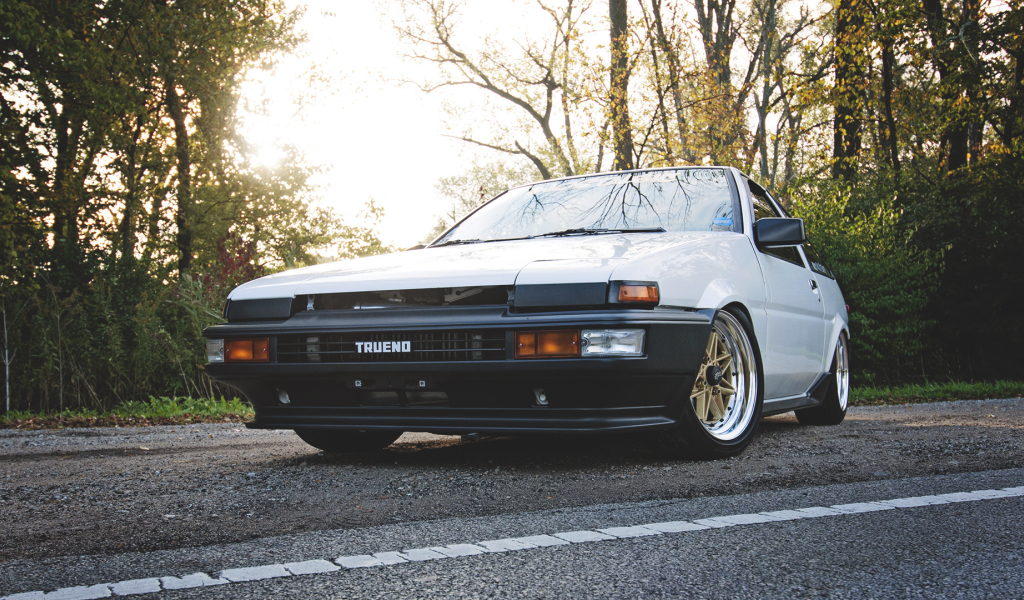How to Prevent and Deal With Rust
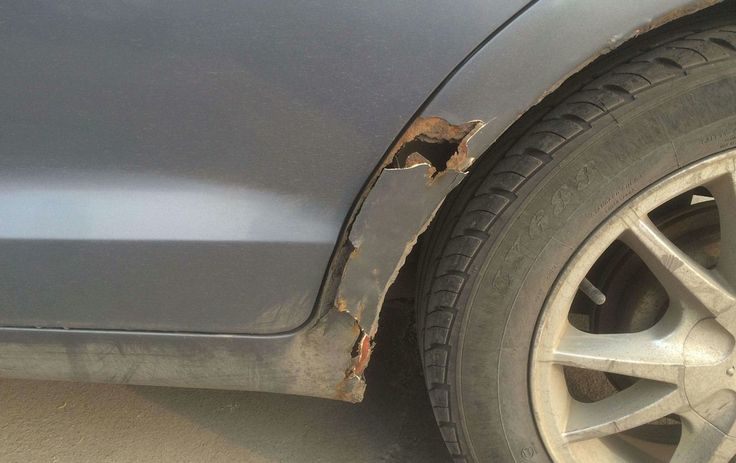
Rust is one of the most common exterior car problems. Spots tend to pop up after excessive exposure to moisture, road salt, and other corrosive substances.
Preventive measures can help you easily avoid rust and keep your car in good condition. Here’s how to prevent it and make repairs if needed.
How to Prevent Rust
Preventive measures keep rust from forming in the first place. These are also good steps to take in general to keep your car in tip-top shape.
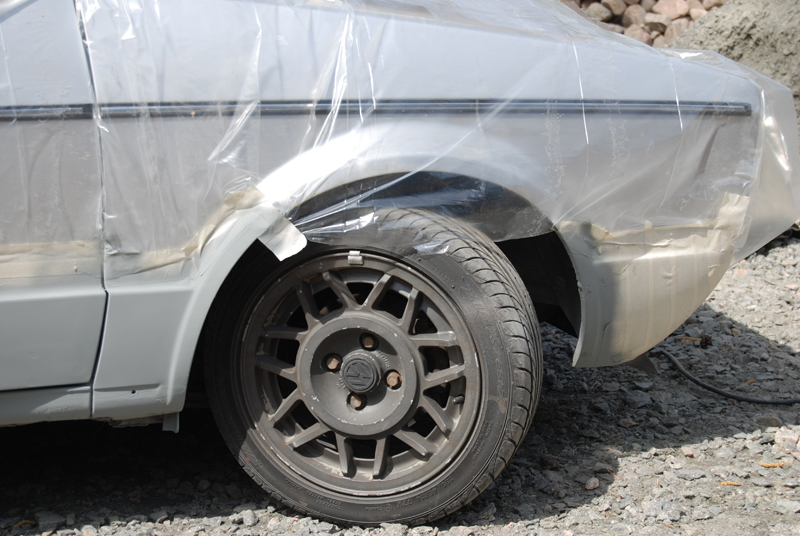
1. Wash Your Car Frequently
Washing your vehicle regularly is the best way to prevent rust. You might think that too much water exposure will be a problem, but car washes are essential for removing dirt, grime, salt, and other damage-causing chemicals. Some aren’t visible to the naked eye, so you should regularly clean your car regardless of how dirty it appears.
A high-pressure car wash is the most effective for rust prevention purposes. It will help you target tricky areas such as the undercarriage and wheel arches. It will also cut through the surface-level stains and remove all traces of corrosive substances.
2. Do Regular Inspections
You also need to regularly inspect your car and pay close attention to signs of rust development. Paint damage is the first sign of a potential rust spot. Any seals, drain holes and water channels are also rust-prone areas to watch out for. Rust might be to blame for any improper drainage or water leaks in your interior.
Additionally, cars that shake or vibrate during acceleration could signify rust has formed along the driveshaft and universal joints. Any noticeable decline in your vehicle’s performance could be due to rust near the engine or transmission.
3. Wax Your Car
Wax is a great way to prevent rust from forming and keep up your car’s appearance. It adds another protective layer to the paint, blocking rust-causing moisture and debris. The general rule is to wax your vehicle twice a year, but you might want to increase the frequency to ensure complete rust prevention.
4. Apply a Rust-proof Coating
A rust-proof coating is another viable layer of protection. However, it’s usually not a good idea to apply it on your own. Leave the application of advanced chemical corrosion-resistance products to a professional. Request a rust-proofing treatment next time you bring your car to the mechanic.
5. Protect Your Car From the Elements
Along with the above preventive maintenance tasks, you must protect your car from the elements. Park in a garage or another type of shelter as often as possible. Sun, wind, and precipitation can contribute to rust development over time. This is especially important during the winter due to ice and road salt.
You must also be extra careful if you live in a coastal area. The high concentration of salt and moisture from the nearby ocean provides an ideal environment for rust. Get into the habit of rinsing your car with fresh water after going to the beach to remove salt and sand.
How to Remove Rust
Even with the above precautionary measures, rust still might appear due to everyday wear and tear. There are many simple ways to remove minor spots on your car.
However, remember that most DIY cleaning methods only work on minor surface-level rust. Scale rust that pits into the car’s metal and creates small rough scales usually requires a professional solution. Don’t try to fix it until you get some experience with smaller problems.
Penetrating rust corrodes the car’s metal and creates a hole. You’ll need a repair panel or “patch panel” to cover up the problematic spot when the damage is this severe. Sometimes it’s necessary to replace the entire part to prevent rust from spreading to adjacent areas.
These eight cleaning solutions will help you fix rust spots and prevent scale or penetrating rust from ever occurring.
- Use WD40
When in doubt, apply some WD40 to the rust spot. It’s one of the most versatile car repair tools on the market. It can remove rust from iron, chrome, and stainless steel. Simply apply some WD40 to the rust spot and let it soak for 10-15 minutes. When you wipe off the oil with a microfiber towel, rust will come with it.
- Apply a Rust Neutralizer
Rust neutralizers — also known as reformers or primers — are chemical products that convert rust’s iron oxide into a black nonporous substance called ferric phosphate.
The phosphate will protect the spot from further corrosion and prevent rust from spreading to nearby areas. Once the solution is dry, you can paint over it and make your car look good as new.
- Scrub It Away With Soda
You can use many common household products to deal with rust. Soda is one of them. Since it’s carbonated, it can dissolve metal oxides and slowly break down rust’s chemical composition. Grab a can of Coke or Pepsi and scrub the spots with a cleaning brush until they’re gone.
- Dissolve the Rust With Citric Acid
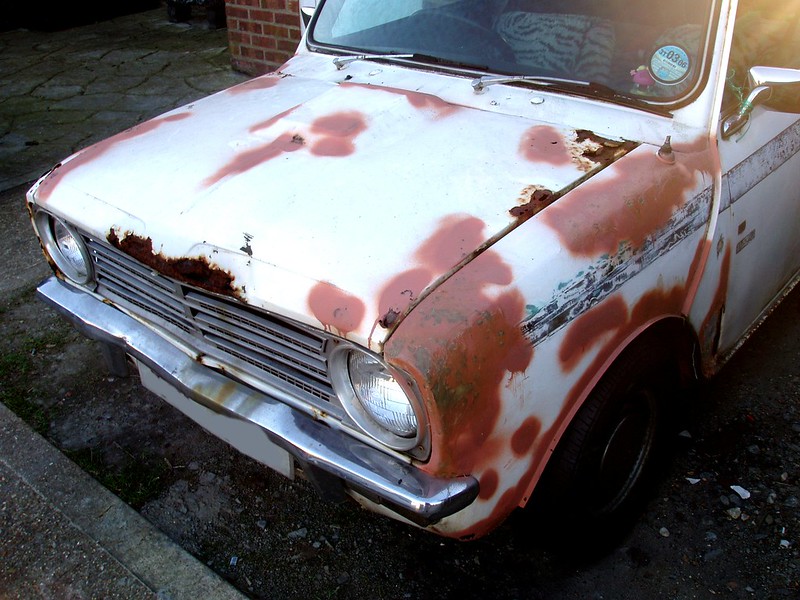
The citric acid powder is another unorthodox but effective way to dissolve rust. Just add a few tablespoons to warm water to a spray bottle. Spray the solution on the problematic area and scrub until the rust breaks down. If you don’t have powder, you could extract citric acid from lemons and oranges and achieve the same effect.
- Soak the Rust in Vinegar
Vinegar isn’t as effective as soda or citric acid but can still remove minor rust spots after a thorough soak. Cover the area with vinegar and let it rest for at least 24 hours. Scrubbing it off will remove the larger bits of rust. You might have to repeat this process multiple times to get it all, so be patient.
- Sand Out Rust Spots
If none of those chemical solutions worked, use sandpaper or sanding tools. Numerous options are available, including orbital and disc sanders, as well as sanding sponges, blocks, and pens. The coarse fabric will cut through rust’s iron oxide and remove the spot in no time.
Wear gloves and eye protection and work in a well-ventilated area. Sanding tends to get small flakes of rust and metal everywhere.
- Use Steel Wool
Steel wool has the same abrasive effect as sandpaper and does a great job removing rust, but it can break apart after scrubbing multiple spots.
Get a premium non-plastic steel wool product that will remain intact after intense use. There are also different grades of steel wool, going from super fine to coarse. Coarse steel wool is much better for rust removal purposes.
Protect Your Vehicle From Rust
Rust will become a bigger concern for your vehicle as it gets older. You need to take preventive maintenance seriously before spots form.
It’s not the end of the world if you get some surface-level rust, though. Many removal methods work in just a few minutes to get your car back in shape before you know it.



